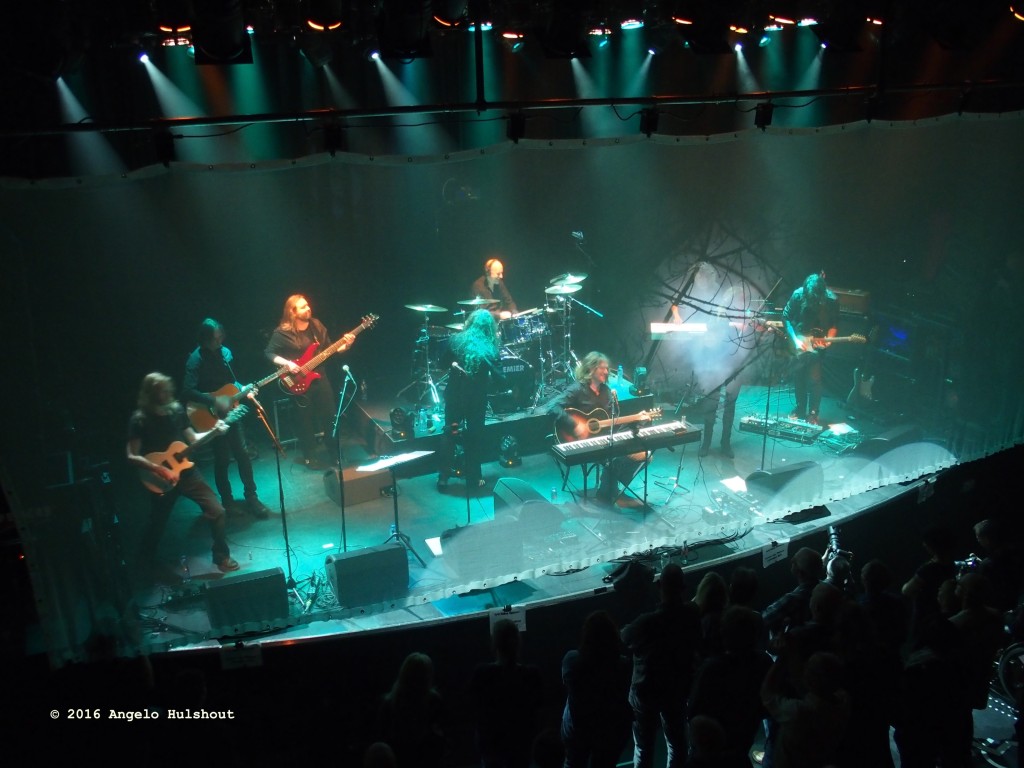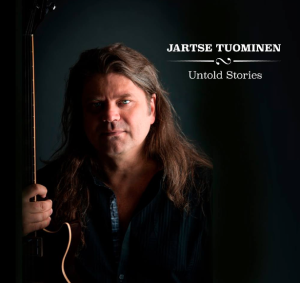As I promised at the end of last year, this year I would focus on doing around 26 reviews this year – with maybe a few more. I’m still on track with that, but doing one every two weeks is not entirely a feasible option. Not that I need more time, but for some new releases I am asked, and really want to, to do a review that appears around or before the release that. That leads to a different way of planning, which is nearly impossible to fit into a regular review pattern.
So, I switched back to somewhat irrelugar review scheduling, and to saying ‘No, I’m sorry’ to some review requests. For those, I’ll try to put out a monthly summary of albums that I listened to, with a very short mini review for each. No guarantee I wlll be doing it every month yet.
First of those will appear end of this month. On my list of albums at the moment are the following, some of which will (as explained) get a full reviews, while others will end up in the ‘roll up’ posts. All albums will at some point get airplay on ISCK Rock Radio, on my Wednesday edition of The Prog Files/Angelo’s Rock Orphanage.
- Alberto Rigoni – Bassorama (release April 15th)
- Haken – Affinity (release April 29th)
- Knifeworld – Bottled out of Eden (release April 22nd)
- Messenger – Threnodies (release April 22nd)
- Long Distance Calling – TRIPS (release April 29th)
- Three Trapped Tigers – Silent Earthling (released April 1st)
- VIII Strada – Babylon (released 2015, review for Background Magazine)
- Poem – Skein Syndrome (release March 18th, review for ProgPlanet)
- Karibow – Holophinium (released March 24th)
- Peter Matuchniak – Live Destiny (released 2015)
- Crescent Moon – The Lidless Room (released 2015)
- Projection – Realitivity (released 2015)
- Flicker Rate – Flicker Rate (released February 14th)
- Dark Beauty – Fall from Grace (released 2014)
- Fractal Mirror – Slow Burn 1 (released March 18th)
- GorMusik – Fun in Outer Space (released 2015)
- Loosehounds – Privilige of Pleasure (released 2014)
- Times Up – Sea of Schemes (released 2014)
- Obsidian Key – LOUD! (released 2014)
- Aronora – Escapology (released 2015, review for ProgPlanet)






















